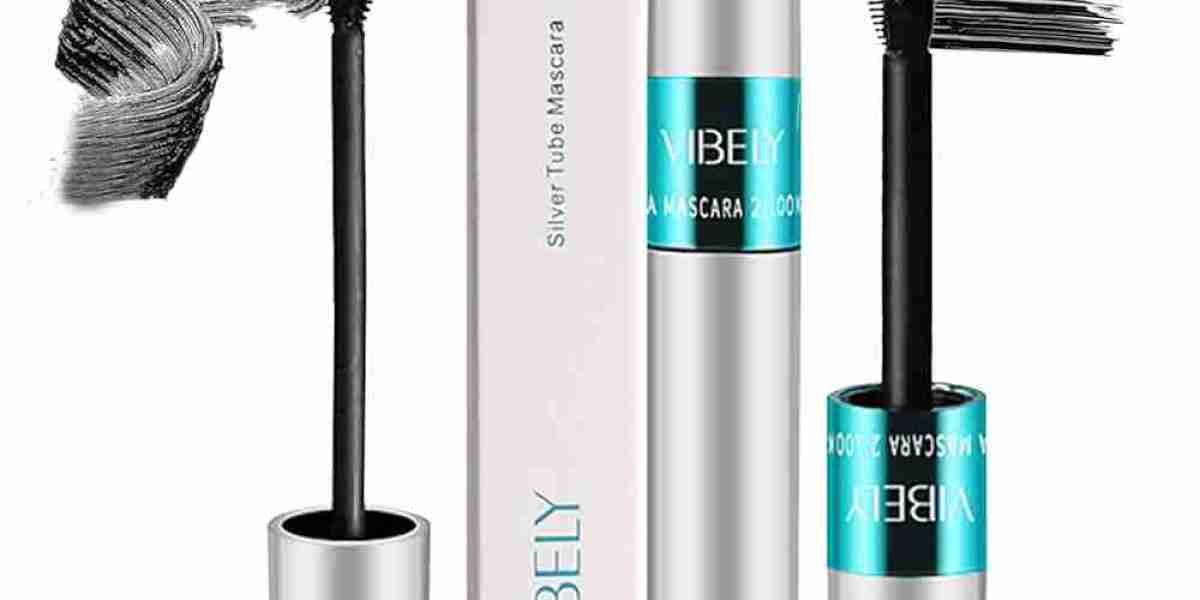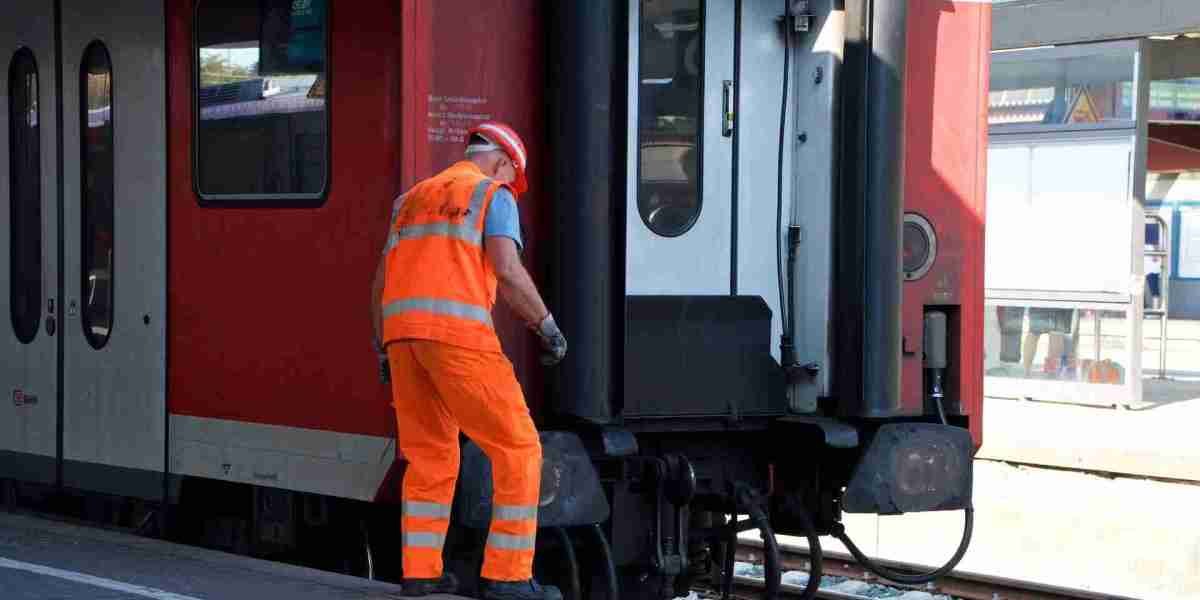
The Ultimate Guide to Kids Bunk Beds: Maximizing Space and Fun
With the rise of vertical living and smaller areas, the appeal of bunk beds has skyrocketed amongst households. Bunk beds not only offer a practical sleeping solution, specifically in shared rooms, but they likewise bring an element of enjoyable into a kid's life. This extensive guide looks into the functions, benefits, and considerations of Kids bunk bed (Www.Brunodyke.top)' bunk beds, making it easier for moms and dads to choose the best bed for their little ones.
Functions of Kids Bunk Beds
Bunk beds are flexible furniture pieces that serve more than a single purpose. Here are some essential functions to consider:
| Feature | Description |
|---|---|
| Product | Bunk beds can be constructed from wood, metal, or a combination of both, providing differing levels of resilience and style choices. |
| Safety Features | A lot of bunk beds come equipped with guardrails, safe ladders, and topped assistances for security, specifically crucial for young kids. |
| Design Variety | Alternatives vary from classic designs to modern styles, making sure a match for any room decoration. |
| Space-Efficiency | Bunk beds use vertical space, making them ideal for smaller sized rooms. |
| Convertible Options | Some models can be converted into 2 different beds, offering flexibility as kids grow. |
| Storage Solutions | Some bunk beds feature integrated storage drawers or shelves, helping to keep the space organized. |
Advantages of Kids Bunk Beds
Purchasing a bunk bed features several benefits:
- Space Saving: Bunk beds maximize flooring space, enabling for more backyard or storage options.
- Enjoyable Factor: With a bunk bed, kids belong that cultivates imagination and companionship during sleepovers or playdates.
- Cost-Effective: Instead of purchasing two separate beds, a bunk bed can accommodate two kids simultaneously, saving money in the long run.
- Adaptability: Many bunk beds can be dismantled or transformed into twin beds, making them a long-term investment as children's requirements alter.
- Social Interaction: Bunk beds encourage household bonding and relationships, supplying a welcoming space for kids to share stories and laughter.
Considerations When Choosing a Kids Bunk Bed
When choosing the ideal bunk bed for a kid, moms and dads must consider different elements:
- Safety Standards: Ensure that the bunk bed adhere to security guidelines and features essential safety features.
- Age Appropriateness: Different models deal with different age groups. For example, conventional bunk beds might not appropriate for more youthful kids.
- Room Dimensions: Measure the bed room to guarantee the bunk bed fits appropriately, permitting for space to move easily.
- Weight Capacity: Consider the weight load of each bed and guarantee it accommodates the kid's weight conveniently.
- Design Preferences: Letting children participate in the choice process can assist them feel more excited about their new bed.
Types of Kids Bunk Beds
Bunk beds can be found in various designs and setups to fit numerous needs:
| Type | Description |
|---|---|
| Requirement Bunk Bed | A classic style with one bed stacked on top of another, typically using a ladder to access the leading bunk. |
| L-Shaped Bunk Bed | Functions 2 bunk beds linked in an L-shape, frequently more large and suitable for kids sharing a room however requiring a bit more space. |
| Triple Bunk Bed | Makes up 3 stacked beds, suitable for making the most of sleeping arrangements in extremely minimal spaces. |
| Loft Bed | A raised bed with space beneath that can act as a backyard, study corner, or additional storage. |
| Futon Bunk Bed | Integrates a bunk bed on the top with a futon or couch underneath, making it great for pajama parties and taking full advantage of room use. |
| Convertible Bunk Bed | Can be separated into 2 specific beds, using versatility as children's requirements alter. |
Caring for Kids Bunk Beds
Preserving bunk beds is important for guaranteeing durability and security. Here are some simple care practices:
- Regular Inspections: Check the bed routinely for loose screws and tightened bolts to guarantee stability.
- Tidiness: Keep bed linen tidy and fresh, turning bed mattress for even wear.
- Guardrails: Ensure guardrails are secure and in place, particularly if children tend to move a lot in their sleep.
- Air Circulation: Ensure the bed has sufficient air flow, avoiding wetness buildup that can result in mold or mildew.
FAQs About Kids Bunk Beds
Q1: At what age can a child securely use a bunk bed?
A1: Generally, kids aged 6 and older are thought about safe to utilize the upper bunk due to the height and stability elements included.
Q2: Can I position a bunk bed near a window?
A2: It is suggested to avoid putting a bunk bed near windows to minimize the threat of falling or injuries.
Q3: Are bunk beds safe for younger kids?
A3: While some modern-day bunk beds feature safety features accommodating more youthful kids, it is usually recommended to wait till they are older, normally over six years.
Q4: What is the common weight limitation for leading bunks?
A4: Weight limits vary by model but normally range from 150 to 250 pounds. Always describe the manufacturer's specifications.
Q5: How frequently should I check the bunk bed's security features?

A5: It is a good idea to conduct a safety check every few months or whenever you discover any signs of wear.
Kids' bunk beds act as a strategic service for families seeking to optimize space while offering a fun and interesting sleeping environment for their kids. With a variety of options readily available-- from standard designs to loft beds-- parents have the liberty to choose something that fulfills their household's specific needs. By considering crucial factors such as safety, room viability, and their children's preferences, parents can make an educated option, ensuring that each child is thrilled about bedtime while gaining from an efficient room.







